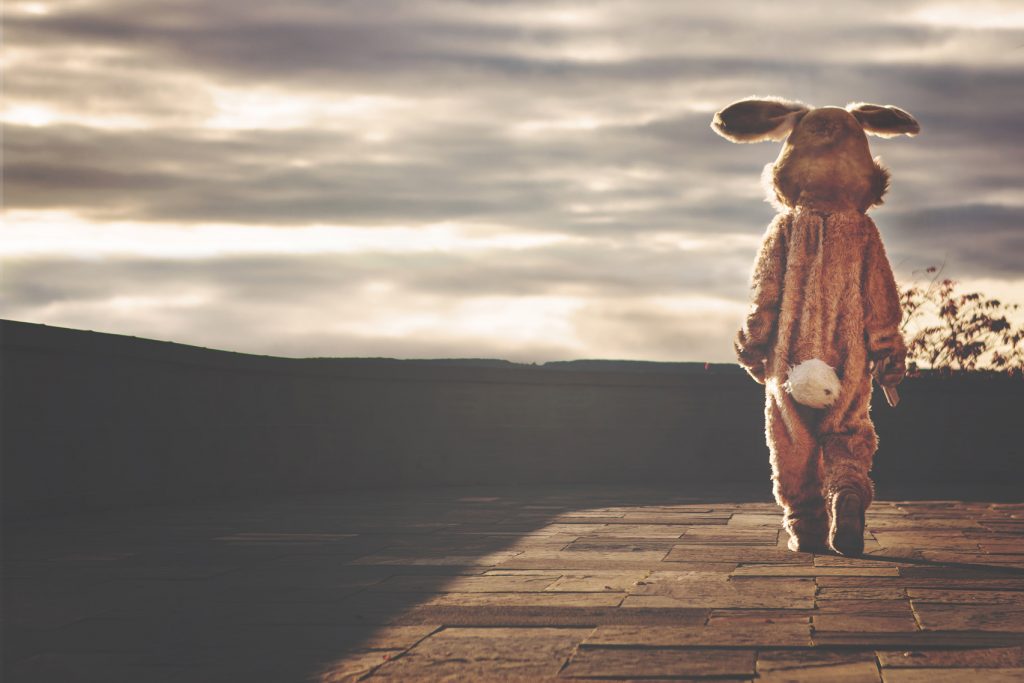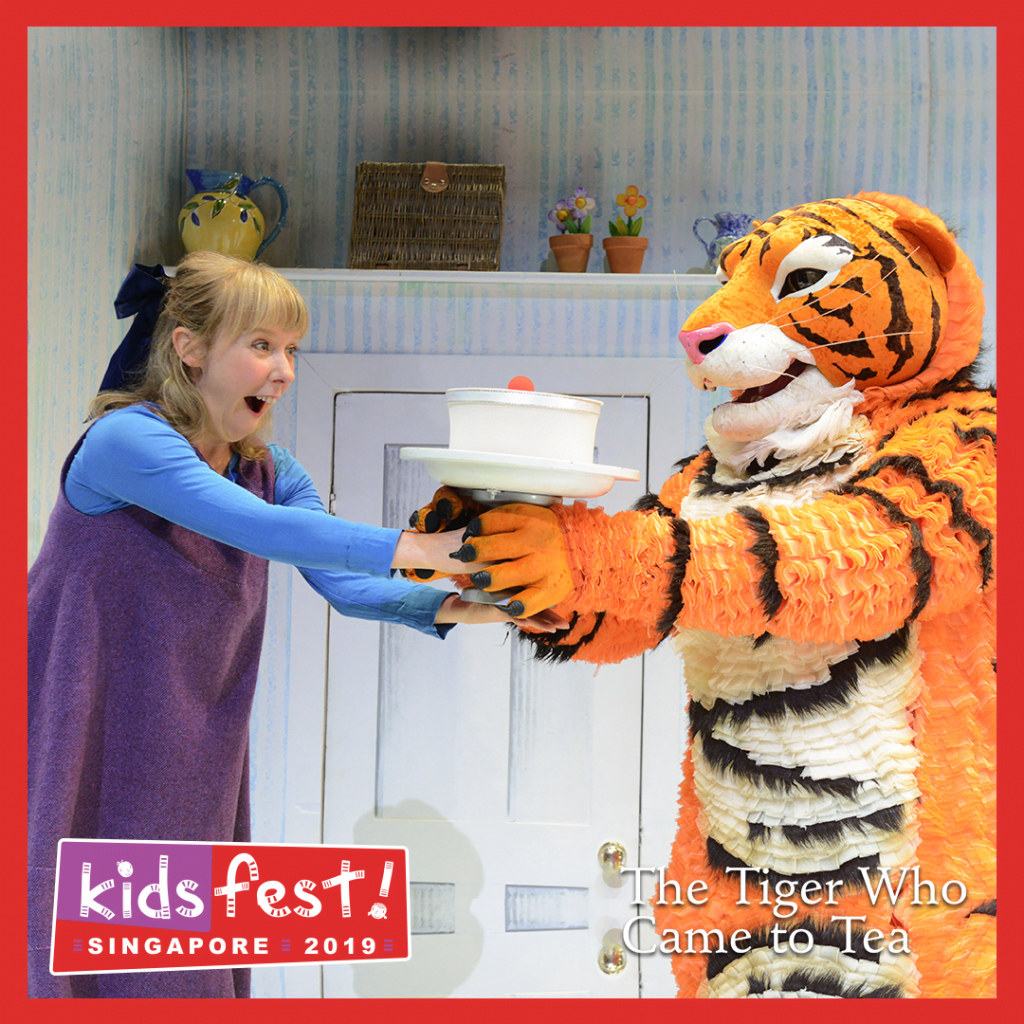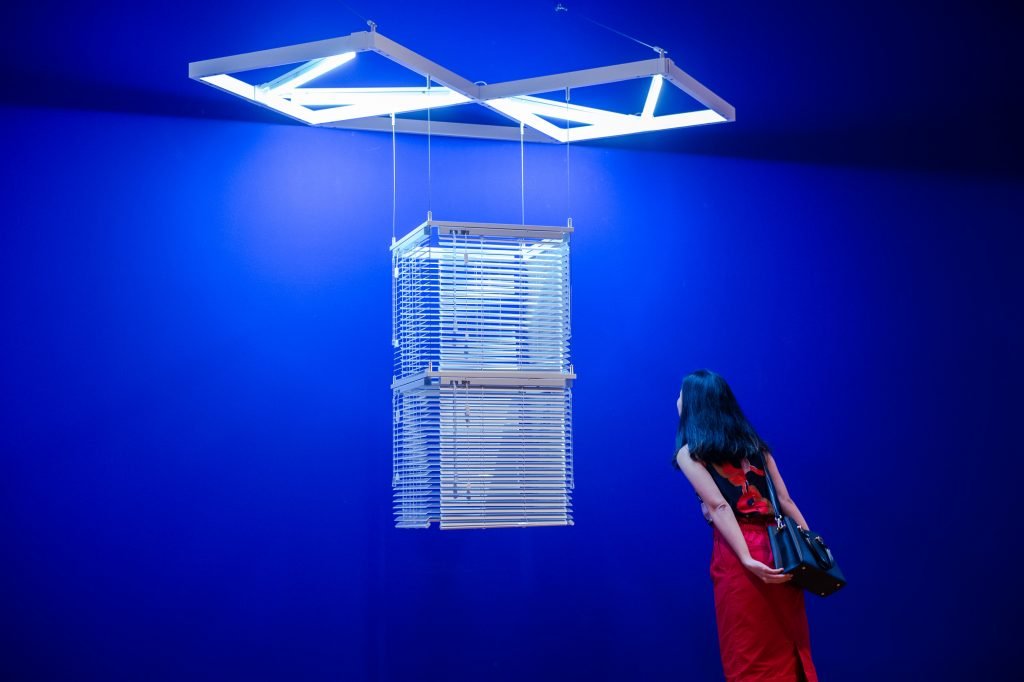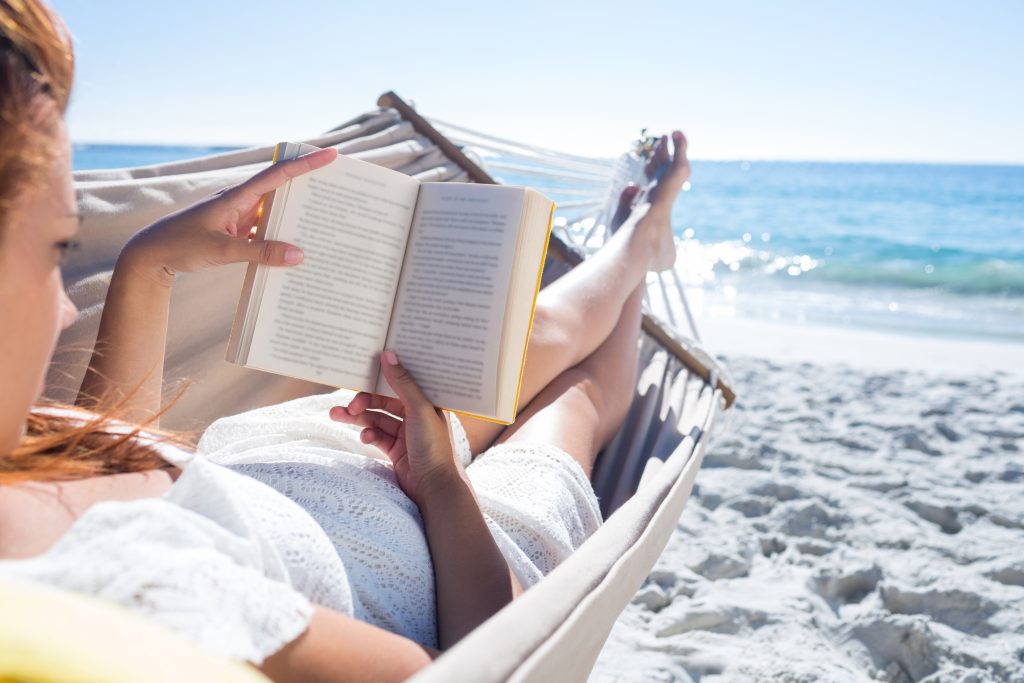We’ve all fantasised about starting a new career, something completely different. These brave and creative expats have taken the plunge and started entirely new careers since arriving in Singapore. We learn about their trials and successes, and how life on the Little Red Dot has helped them in their career transformation.
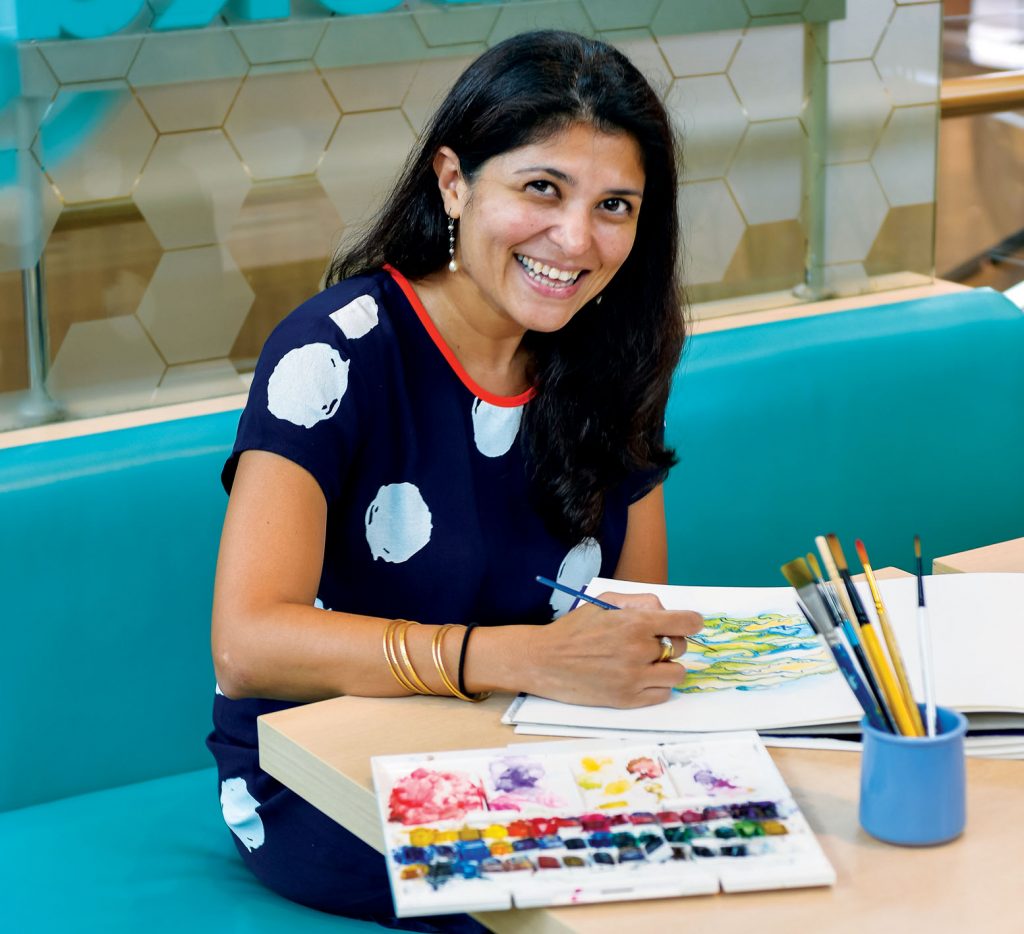
Banker turned children’s book illustrator
Born in Bangladesh and educated in England, investment banker Alia Yousuf was transferred to Singapore in 2013 by her then employer. After the closure of a fund she was managing, Alia decided to pursue an illustrated children’s book project that had been a long-standing ambition.
“It’s a children’s book, based in Bangladesh. My husband is French, so we saw a lot of French children’s literature, which teaches the kids in a really fun way about the culture of the country. There’s nothing like that in Bangladesh, literally nothing.” Alia’s aim is to provide the Bangladeshi diaspora with an alternative to the international media perception of Bangladesh. “The CNN and BBC rhetoric of Bangladesh is: flooding, poverty, Rohingya crisis. A lot of these kids are growing up not really knowing their country.”
A more personal motivator was ensuring that her two daughters grow up with an understanding of their heritage. “I’m the only connection that my daughters have to Bangladesh. I thought, ‘if I can’t find a book like that, I’ll do it’. It’s a general knowledge book, not really a story as such. There’s a page on Bangladeshi historical sites, a timeline, a page on Bengal tigers. Everything that a five-year-old needs to know about Bangladesh.”
Taking a career break gave Alia the time to take a more hands-on role in the project.
“I thought I would hire an illustrator and manage the process while I was working. But because I left work I had time and decided I’d just start with the illustrations.”
Alia applied the skills she learnt in her high school art classes and discovered a talent. “I realised, ‘wow I’m really enjoying this, I love it, and I’m actually better than I thought I would be!’ Now I really want to finish.”
Having spent several months working on the book, Alia is now contacting publishers and literary agents. “I think drawing is the easiest part, finding an agent and publisher will be the most challenging.” Alia advises making sure you have a real passion for a new project. “It might not be successful, so it will only work if you’re really driven by it. This is something I’ve wanted to do for a really long time, so I’m really happy I’m doing it. This is the kind of thing where if I’m lying on my deathbed, I’d be really angry with myself if I hadn’t done it.” Follow Alia’s progress on instagram.com/aliahumblot
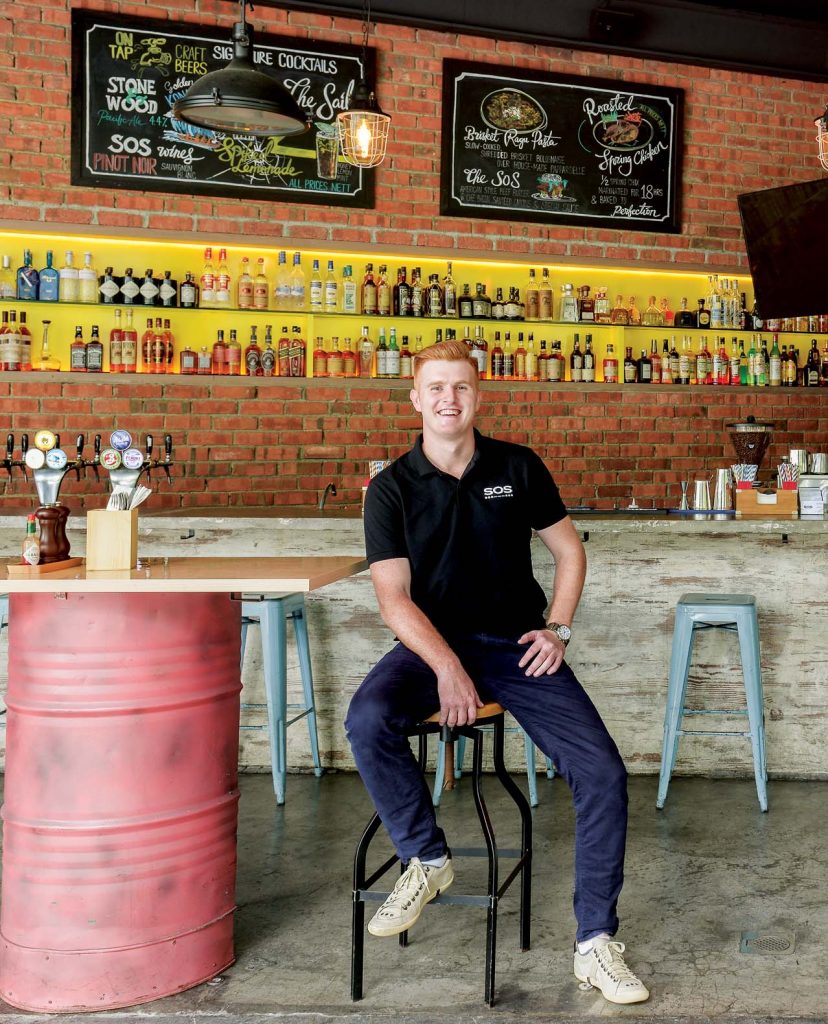
Setting up a neighbourhood bar
American expat Ed Fitzpatrick arrived in Singapore eight years ago, to expand the sports data company he was working for. “That business sold to a larger public business in 2016. I didn’t really want to work for that new entity so I’m now doing more entrepreneurial things”.
A resident of Singapore’s CBD, he noticed the lack of homely, neighbourhood bars for local residents. “After work, it can be a bit of a ghost town, especially on weekends. We always had to walk to a destination, whether that was Marina Bay Sands or Telok Ayer or Orchard. Everything’s a bit far away. Coming from New York, you always have a local bar that’s convenient, easy, and comfortable. So we went into it saying we want to build something that’s extremely local in this area.”
He set up the business with three other friends. None had any significant food and beverage industry experience, so it was planned as a side venture to their day jobs.
The bar, called SOS (sosbarsg.com), launched in 2016 on the ground floor of a large CBD condo, The Sail. Ed quickly realised he needed to step away from the day-to-day operations of the bar. “At the beginning you try to do everything and get a bit frantic but that doesn’t actually lead to the best processes when you’re operating.”
His advice to anyone thinking of venturing into the industry is simple: “Do your homework. I did a lot of talking to people, a lot of people shared information, so you can find out where successful businesses are at. You’ve got to listen to the market.” Ed is proud of his achievements. “We’ve created careers for people, and built something that’s neighbourhood connected.”
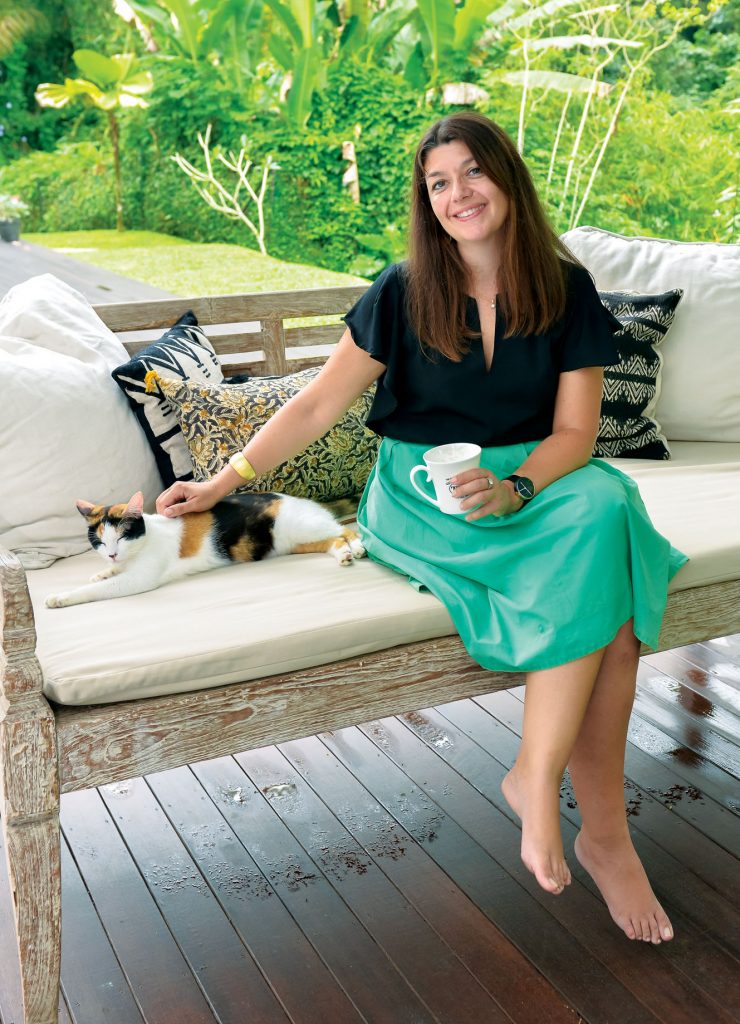
Following a design dream
British-French expat Isabelle Walsh Wyndham arrived in Singapore in 2015 as a trailing spouse with two young children. She previously worked in international marketing, primarily for the film industry. The combination of long hours, a young family and a frequently travelling partner drove her to consider pursuing a different career. “I’d been wanting to be in interior design for a long time, but I was earning a good salary and there was the cost of the studies at design school. I said to my husband, ‘I’d really like to be a designer, but I’m not going to be the biggest breadwinner’. He said, ‘do it, because you love it and you’ll be great’.”
Isabelle put her skills to work by establishing her own design company. To practice her skills and get some contacts in the industry, she first took on two design projects for friends. “I’d run many projects in my previous career and I’ve done theoretical projects for my design school but doing something in reality, making it happen, that’s a bit scary. You do have to deal with suppliers, deadlines, stuff that arrives and it’s wrong or the clients change their mind but it’s too late to change it.” Isabelle credits those first two projects with building up her confidence as a designer, which she says was her biggest challenge. “For the first two years a friend would introduce me as an interior designer and I would say ‘oh no no no’. I’m not very self-confident.”
After the successful completion of those initial projects, Isabelle felt ready to launch her business. “I realised, actually I can do it. It looks good, it was done on time, within budget, and now I feel confident.” It also proved to her that she’d made the right choice in switching careers. “When I’m working on a design project, I get into a tunnel where time doesn’t matter and sometimes I have a few days getting two or three hours of sleep a night, which I’ve never done in my life before. I don’t even count the hours. I get such a buzz out of it. It’s really lovely to feel like you’ve created something you’re proud of.”
Isabelle’s advice for anyone considering a career switch would be to do it sooner rather than later. “Maybe afterwards you’ll decide that wasn’t the right thing, but at least you won’t regret not trying. It’s worth taking the plunge. There’s always a way of going back. And if you do have to go back into the corporate world, it’s better to do it when you’re younger.”


